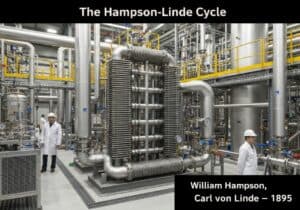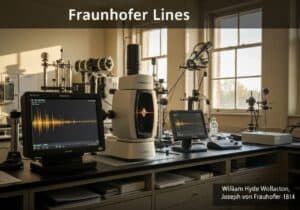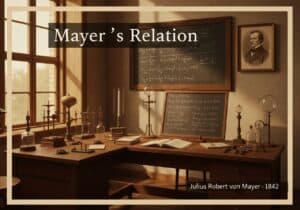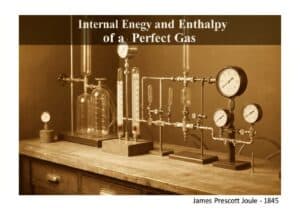
L'écosystème R Tidyverse
The Tidyverse is a collection of R packages designed for data science that share an underlying design philosophy, grammar, and data structures. Developed by Hadley Wickham and others, it provides a consistent and powerful toolkit for data import, tidying, transformation, visualization, and modeling. Key packages include `ggplot2`, `dplyr`, `tidyr`, and `readr`, which compose together using…

















